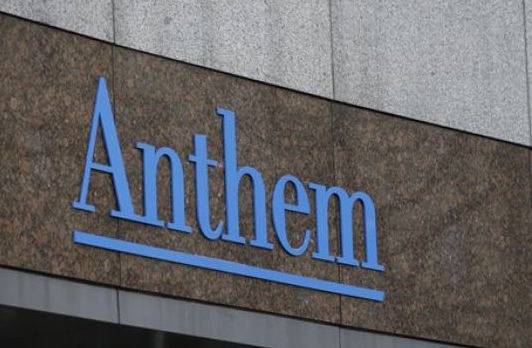The entire health care community in the United States has been shaken by yet another data hacking that involved Anthem Inc., a large health insurance provider to the federal government and private customers. It is estimated that some 80 million customers have been potentially exposed to the risk of data breach.
The cyber attack compromised sensitive data such as Social Security numbers, birth dates, names, employment and income data, among other personal information.

The fact that a health care record is one piece of personal information that constitutes a person’s utmost privacy, the news of the Anthem breach is one that should alarm not only the clients of the health care provider but also the whole technology landscape that’s becoming increasingly vulnerable to cyber attacks.
And given that such pieces of sensitive information are stored in the platform of Anthem makes every victim here almost helpless as to take any action to protect their data. Worse, it appears those data are unencrypted when the hacking took place, which all the more raises the scale of risk. And since there was no encryption in place, it would be easy then for the attackers to use the stolen information in every way they want.
At the very least, there are a few workarounds that you can implement, if you are an Anthem customer, to save what’s left of your information, including credit card or medical data, which were not compromised, according to Anthem in a statement.
First, follow the standard procedure when faced with a data breach, such as changing your password and username for every account, even those not associated with your Anthem account. Chances are, the attack might have a chain effect on your other accounts if you use the same login details for all your transactions, which is not a healthy practice by the way.
Then activate two-factor authentication, if have not done so. We have put out a good deal of articles about this security scheme, and it’s one that can’t be easily manipulated by cyber criminals at present.
Beware also of emails that purport to offer something too good to be real. That’s a phishing campaign for sure. Phishing necessarily follows when an information such as email address is exposed to hackers. Anyway, you will know if the email is true or not because it is so easy to spot on fraudulent messages if you have no prior involvement to whatever it says.
In case of a compromised credit card data, enable the credit freeze or fraud alert with your credit provider.
These are just some of the ways you can follow to be informed in dealing with cyber attacks involving your personal information.



